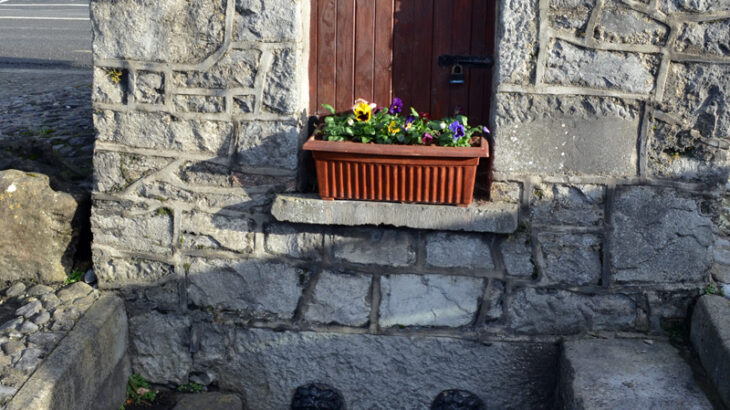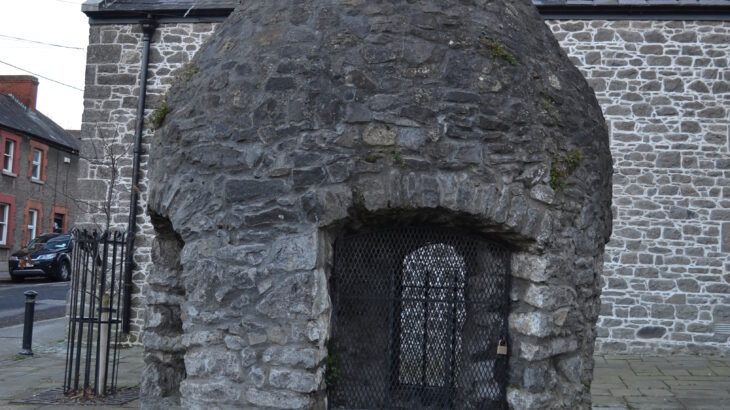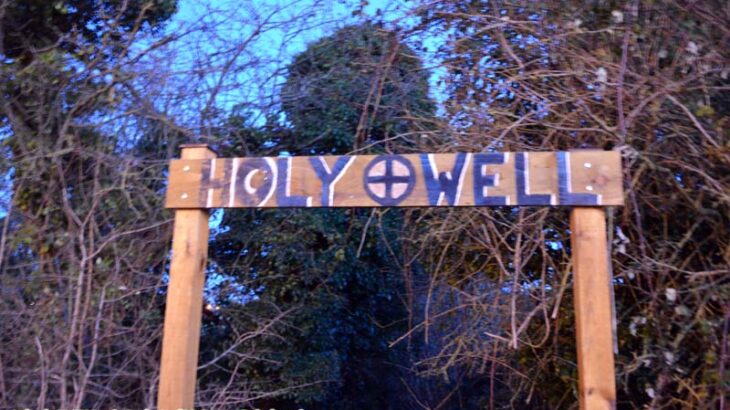Much lore surrounds the hill, ranging from apparitions of a grey ghostly horse, a big black dog with blazing eyes, and a hold hag with bundles of faggots gliding towards the Holy Well. It is said the well was originally dedicated to St. Werburgh, a Saxon princess who ruled in 689 C.E.
wells
Marienbrunnen (Mary’s Well) Gnadenbrunnen (Blessed Well)
In the small town of Marpingen of Saarland, there are two holy wells with extraordinary history. As the village is located between Tholey and St. Wendel which are notable for their religious histories.
Ladyswell (Cashel, Ireland)

his little housed well is called “Ladyswell” and its well house was built in honour of the Virgin Mary. It was a place of pilgrimage until the end of the 19th century and was also the site of the Fair Green of Cashel, a town fair held every March and June for over 1500 years.
St. Sylvester’s Well (Malahide, Ireland)

In the heart of Malahide sprung forth a natural spring that provided water for residents in this area since prehistoric times. By the historic era, it was well protected and revered as a holy well in addition to being the source of sustenance for the fisherman village. This well is found along the old Main Street in Malahide, which was later called Chapel Street, then Old Street.
St. Werburgh’s Well (Swords, Ireland)

A well found just down the slope from the Kellogg company in the Finlay/Swords area of Dublin county. Just beside the Airside retail park in the holy well section.